Applied Micro Design 1473PA-RM-400 Model 1473 Remote Fiber Fed Power Amplifier User Manual
Applied Micro Design, Inc Model 1473 Remote Fiber Fed Power Amplifier
User Manual
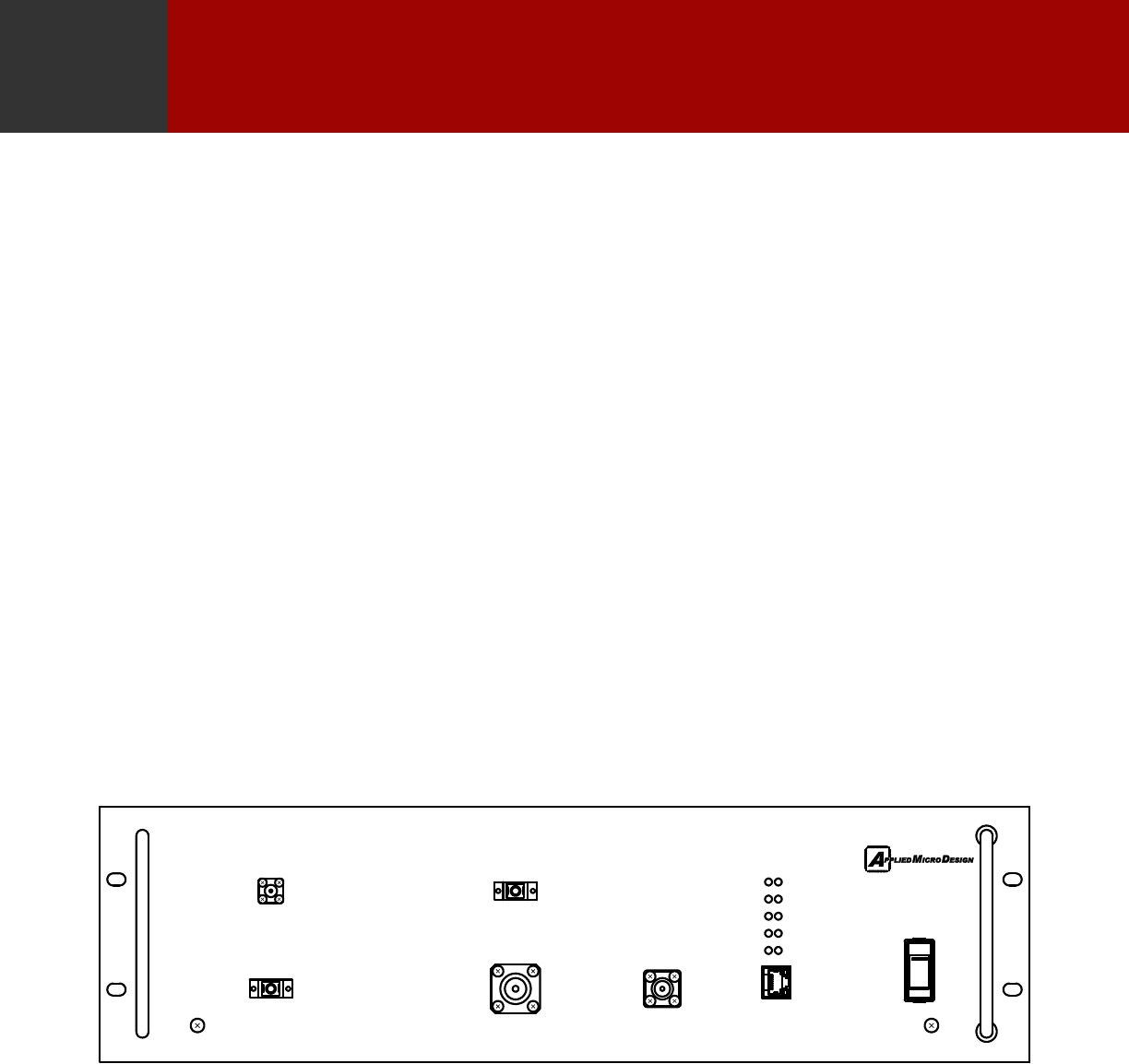
Montclair State University
MSU Remote System
Fiber Interface Bi-Directional Amplifer
User’s Manual
rev 1
ETHERNET
TEMP FLT
STATUS
PA CUR FLT
FOT FLT
FWD PWR
FAN FLT
KEY
REFL PWR
LNA CUR FLT
FOR FLT
POWER
400 MHz AMPLIFIER/LNA
MODEL 1473PA
SAMPLE
PORT
FO OUT
LNA
RF IN
AMPLIFIER
RF OUT
FO IN
Table of Contents
Notes, Cautions, and Warnings
Description
Block Diagram
Specifications
Features
Downlink
Uplink
2
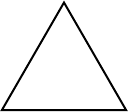
Notes, Cautions, and Warnings
!
Invisible laser light is used on these equipment.
DO NOT look directly into the fiber optic connectors when unit is in operation.
Connect RF Output to existing Distributed Antenna System (DAS) cable only.
DO NOT operate equipment with unauthorized antennas, cables, and/or coupling
devices.
DO NOT operate equipment unless all RF connectors are secure.
DO NOT operate equipment unless it has been installed and inspected by a qualified
radio technician.
3
Description
4
There are two major elements to the MSU system; the Head End (HE) hardware and the Remote
Hardware.
There is one HE and multiple remotes. Each remote consists of a single Fiber-Fed Power Amplifier (FFPA)
chassis.
In the Downlink (DL) path, signals from user radios (Motorola radios that are FCC certified) are input to the
DL HE hardware. These signals are filtered, converted to light by a Fiber Optic Transmitter, combined with
signals from a Motorobo repeater, and transmitted to the FFPA via fiber optic cable. In the FFPA chassis,
the light from the fiber optic cable is converted back to RF by a Fiber Optic Receiver, and the RF is input to
a power amplifier module. The amplified RF is input to a bandpass filter; the filtered RF feeds the
Distributed Antenna System (DAS) in the building where the remote hardware is located.
In the Uplink (UL) path, signals from portable radios are input the DAS. These signals are amplified in a
Low Noise Amplifier (LNA) in the FFPA, converted to light by a Fiber Optic Transmitter, and transmitted to
the Head End via fiber optic cable. In the Head End rack, the light from the fiber optic cable is converted
back to RF by a Fiber Optic Receiver, and the RF is input to a power amplifier module. The amplified RF is
fed to the outside antenna via a duplexer.
A front panel Look Port on the front panel of the FFPA allows the user to sample the signal without
interrupting main line communications. The Look Port sample is 40 dB below the main RF output port.
The FFPA has a processor board that monitors overall chassis operation. The processor board controls the
enable signal to the amplifier and monitors forward power, reverse power, current, fan status and heat sink
temperature. Forward and reverse power are derived from directional couplers built into the amplifier
modules.
Heat sink temperature is derived from a thermistor mounted onto the heat sink and amplifier current from a
sense resistor in series with the +28-volt power input. The fan has a built-in stopped rotor line which is
input to the processor board.
The processor board features optional remote monitoring capability via Ethernet. The Graphical User
Interface (GUI) of the Network Management System (NMS) computer can display the status of the amplifier
and provide control.
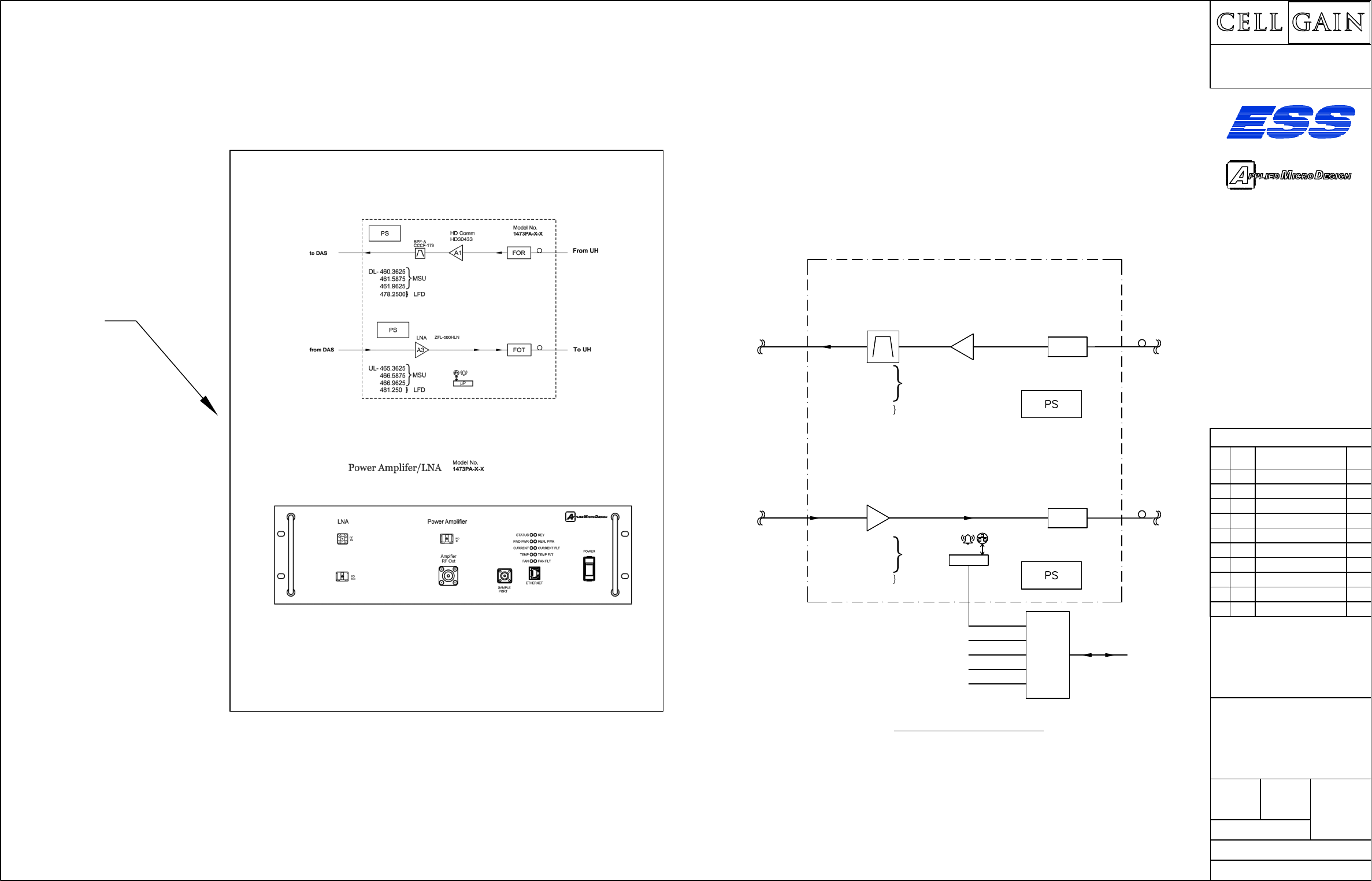
Typical Remote
µP
FOR
460.3625
461.5875
461.9625
DL-
MSU
478.2500 LFD
465.3625
466.5875
466.9625
UL-
MSU
481.250 LFD
A1
A3 FOT
PA
HD
Comm
HD30433
AMDi
1473PA-X-X
AMDi
1473PA-X-X
BPF-A
CCCF-173
Spare
Spare
Spare
Spare
Ethernet
Switch
MSU
Ethernet
From
UH
To
UH
Mini-Ckts
LNA
ZFL-500LN+
To
DA
S
From
DAS
AMDI Provided Data
Site Name/Address:
Project:
Scale: Sheet #:
Date:
Drawn By:
Drawing #:
Sheet Size:
68 WHITE
STREET #265
RED BANK,
NJ
732-889-4671
Revisions
DATE DRAWN BY REVISION NOTE APPRVD.
BY
N/A
D 1of1
4/7/2016
Matt Jacobs
Typical Remote
MSU
System Specification
Downlink
Frequency: 478.2500 MHz
Type: Class AB
Bandwidth: 18 MHz
Gain: 45 dB *
N.F.: 7 dB
Max. Power Output: 17 dBm
ALC: 20 dBm
Harmonics: > 60 dBc, 2nd and 3rd
OIP3: +55 dBm
Impedance: 50 Ohms
Load VSWR: Infinite, no damage
Uplink:
Frequency: 481.2500 MHz
Type: Linear
Bandwidth: 16 MHz
Gain: 19 dB
NF: 4 dB
Impedance: 50 Ohms
Input Level: -90 dBm to -10 dBm
Power Supply: 115 V AC
Current: < 2A
Operating Temp: -30° to +60° C
Size: 19” x 5.22” x 16”
* With fiber link gain of zero
6

ETHERNET
TEMP FLT
STATUS
PA CUR FLT
FOT FLT
FWD PWR
FAN FLT
KEY
REFL PWR
LNA CUR FLT
FOR FLT
POWER
400 MHz AMPLIFIER/LNA
MODEL 1473PA
SAMPLE
PORT
FO OUT
LNA
RF IN
AMPLIFIER
RF OUT
FO IN
Features
•power amplifier automatic level control (ALC)
•high power amplifier gain
•high power amplifier Third-Order Intercept Point (OIP3)
•sample port at 40 dBc
7
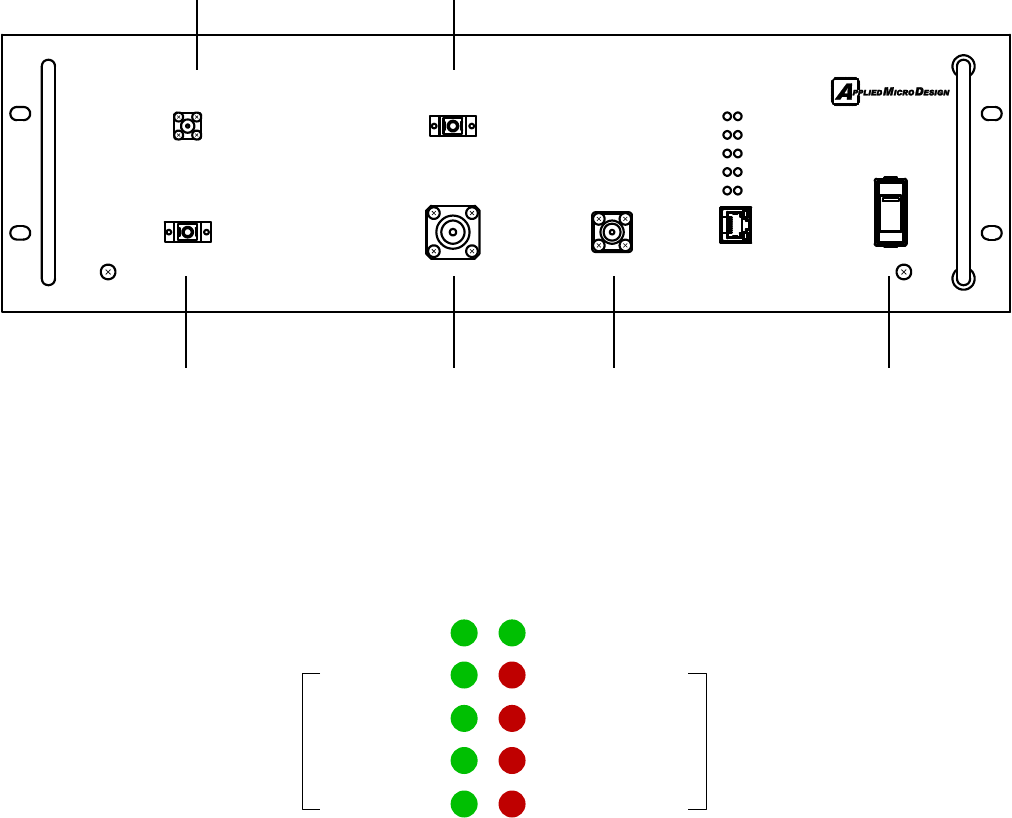
ETHERNET
TEMP FLT
STATUS
PA CUR FLT
FOT FLT
FWD PWR
FAN FLT
KEY
REFL PWR
LNA CUR FLT
FOR FLT
POWER
400 MHz AMPLIFIER/LNA
MODEL 1473PA
SAMPLE
PORT
FO OUT
LNA
RF IN
AMPLIFIER
RF OUT
FO IN
Power
Switch
Fiber Optic
Input Connector
LNA Input
Connector
-40 dB
Sample Port 2
Connector
Fiber Optic
Output Connector
STATUS KEY
REFL PWR
LNA CUR FLT
FOR FLT
FAN FLT
FWD PWR
PA CUR FLT
FOT FLT
TEMP FLT
Remote PA/LNA - Front Panel and Indicators
Model No. 1473PA-RMT
steady: amplifer/LNA is operating steady: amplifier is enabled
steady: amplifier or LNA is
operating normally
steady: amplifier or LNA has
either current, reverse power or
temperature fault
Power Amplifier
Output Connector
8
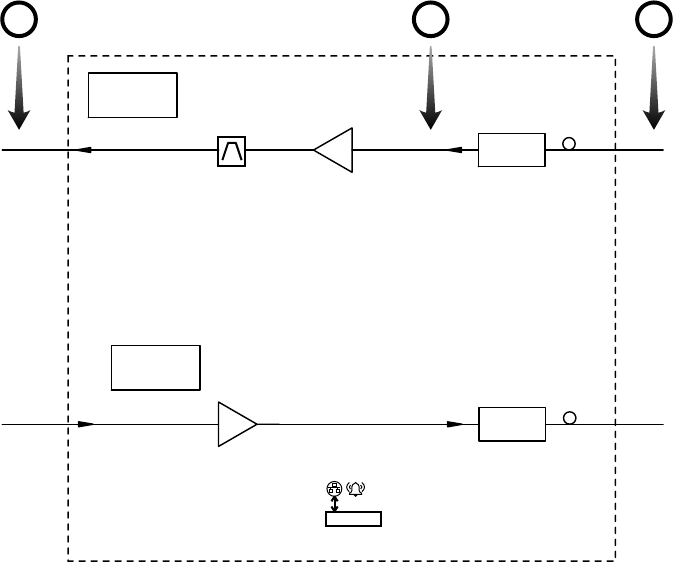
FOR
A1
A3 FOT
Model No.
1473PA-RMT
µP
PS
PS HD Comm
HD30433
LNA ZFL-500HLN
BPF-A
CCCF-173
DOWNLINK 478.2500 MHz
Downlink
The Downlink side of the 1473PA-RMT consists of a fiber optic receiver, a power amplifier and
a bandpass filter. The fiber optic laser is applied to “ A “ shown below. The 1550 nm laser light
is converted to radio frequency (RF) signal at “ B.” At “ C “ is the amplified and filtered RF
signal from “ B. “
The amplifier has an Automatic Level Control (ALC) feature. This feature limits the power
amplifier output in case the input to the amplifier exceeds the required level.
The power amplifier ALC level is set to +20 dBm.
ABC
9
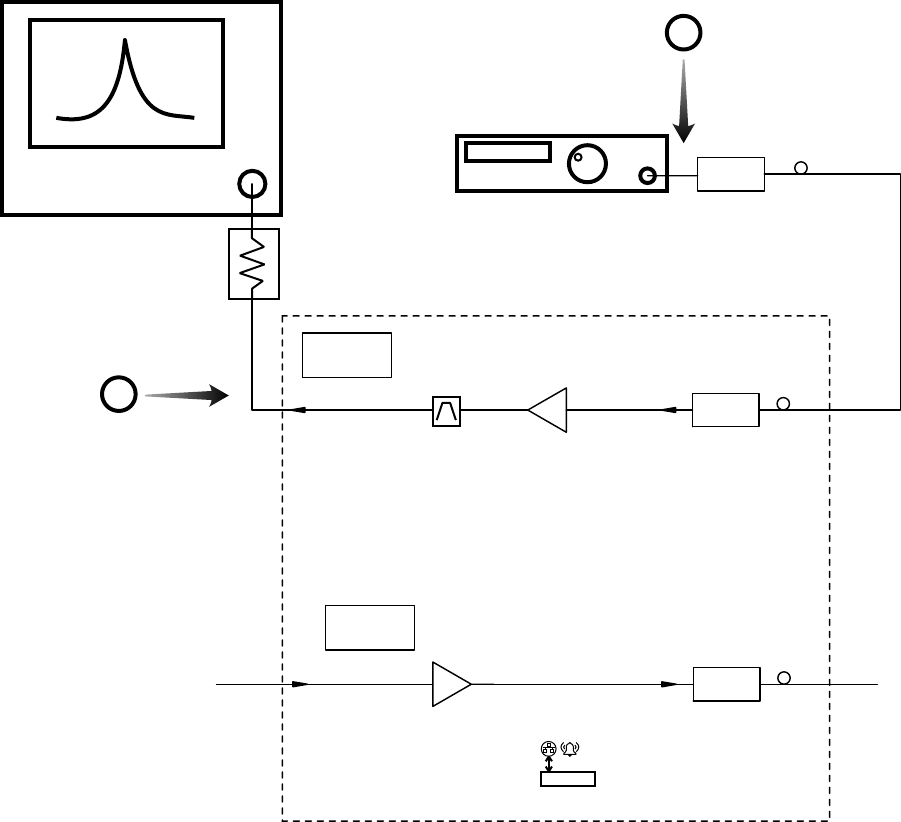
FOR
A1
A3 FOT
Model No.
1473PA-RMT
µP
PS
PS HD Comm
HD30433
LNA ZFL-500HLN
BPF-A
CCCF-173
Signal Generator
RF In
Spectrum Analyzer
FOT
RF Input at 478.2500 MHz is -30 dBm
DOWNLINK 478.2500 MHz
Attenuator
Downlink Test
A
Shown below is a test set-up of the Downlink side of the 1473PA-RMT. The signal generator
is set for 478.2500 MHz with a level of -30 dBm. The signal generator output is applied to a
fiber optic transmitter and the optical output is connected to the FO In of the 1473PA-RMT.
At “ B “ is a 30 dB attenuator connected to the Amplifier RF Out port and also connected to a
spectrum analyzer on the other end. The power output expected at “ B “ is at least +15 dBm.
B
RF Output at 478.2500 MHz is +15 dBm
nominal
10
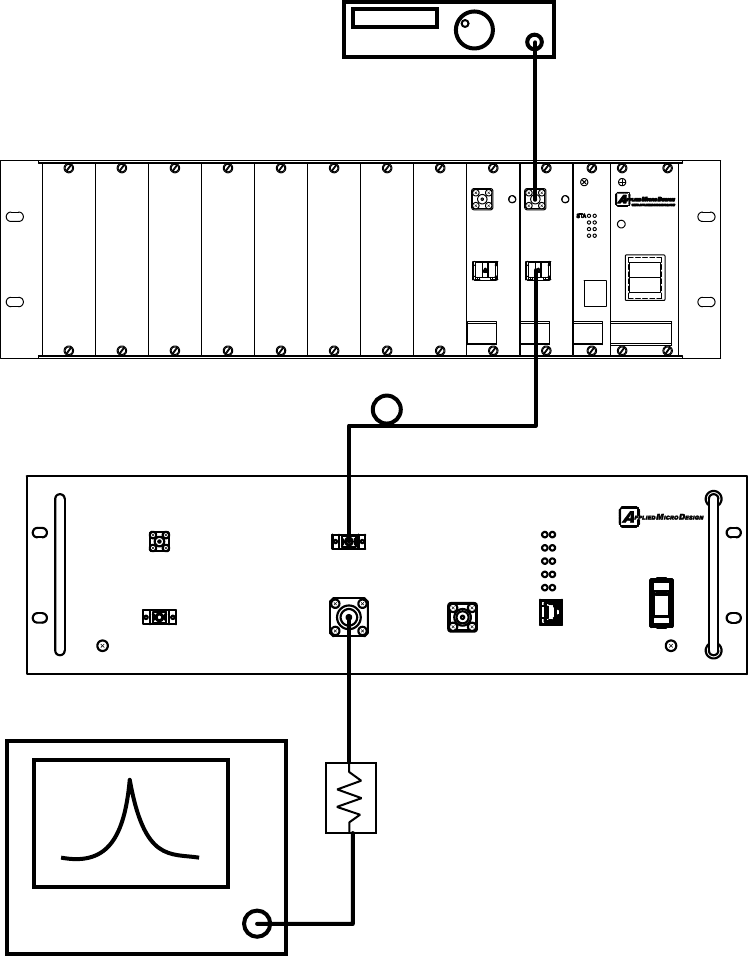
11
SUPPLY
POWER
POWER
ETHERNET
C3
C1
C2
FLT
PWR
FLT
FLT
RF
IN
TX
RF
IN
TX
FO
Out
FO
Out
Fiber Optic Transmitter
Model No. 1473FOT
Power Amplifer/LNA
Model No. 1473PA-RMT
Signal Generator
RF In
Spectrum Analyzer
Attenuator
DOWNLINK 478.2500 MHz
ETHERNET
TEMP FLT
STATUS
PA CUR FLT
FOT FLT
FWD PWR
FAN FLT
KEY
REFL PWR
LNA CUR FLT
FOR FLT
POWER
400 MHz AMPLIFIER/LNA
MODEL 1473PA
SAMPLE
PORT
FO OUT
LNA
RF IN
AMPLIFIER
RF OUT
FO IN
Downlink Test Set-Up
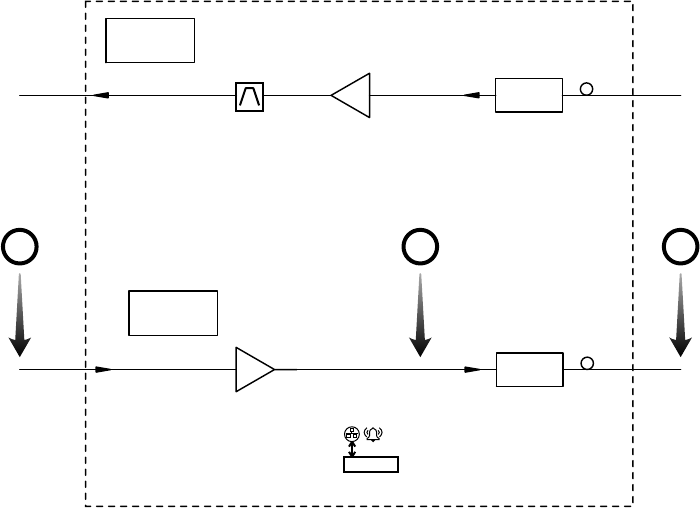
FOR
A1
A3 FOT
Model No.
1473PA-RMT
µP
PS
PS HD Comm
HD30433
LNA ZFL-500HLN
BPF-A
CCCF-173
Uplink
The Uplink side of the 1473PA-RMT consists of a Low-Noise Amplifier (LNA) and a fiber optic
transmitter. The RF signal is applied to “ A “ shown below, it is amplified by the LNA and
comes out at a higher level at “ B. “ The RF signal from the LNA is converted to 1550 nm laser
light by the fiber optic transmitter and comes out at “ C. “
A B C
12
UPLINK 481.2500 MHz
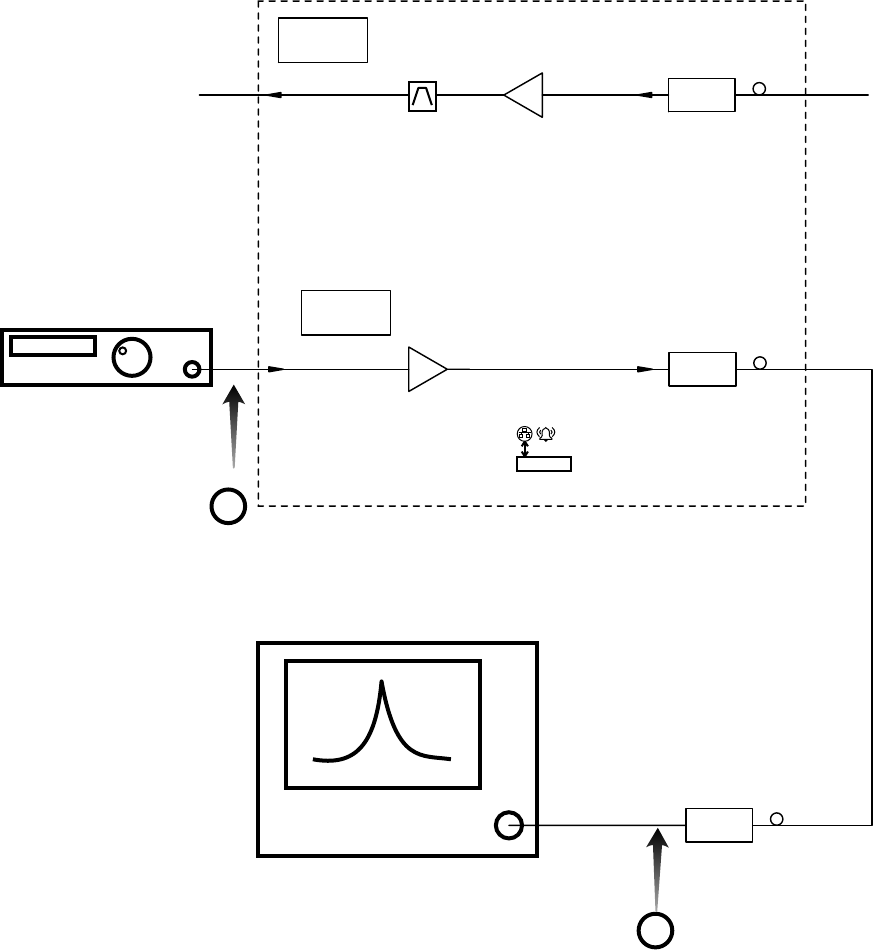
13
FOR
A1
A3 FOT
Model No.
1473PA-RMT
µP
PS
PS HD Comm
HD30433
LNA ZFL-500HLN
BPF-A
CCCF-173
Signal Generator
FOR
RF In
Spectrum Analyzer
UPLINK 481.2500 MHz
Uplink Test
Shown below is a test set-up of the Uplink side of the 1473PA-RMT. The signal generator is
set for 481.2500 MHz with a level of -30 dBm. The signal generator output is applied to the
LNA RF In at “ A. “
The FO Out optical output is connected to a fiber optic receiver. The RF Out of the fiber optic
receiver is then connected to a spectrum analyzer. The power output expected at “ B “ is
around -4 dBm.
B
A
RF Input at 481.2500 MHz is -30 dBm
RF Output at 481.2500 MHz is -4 dBm nominal
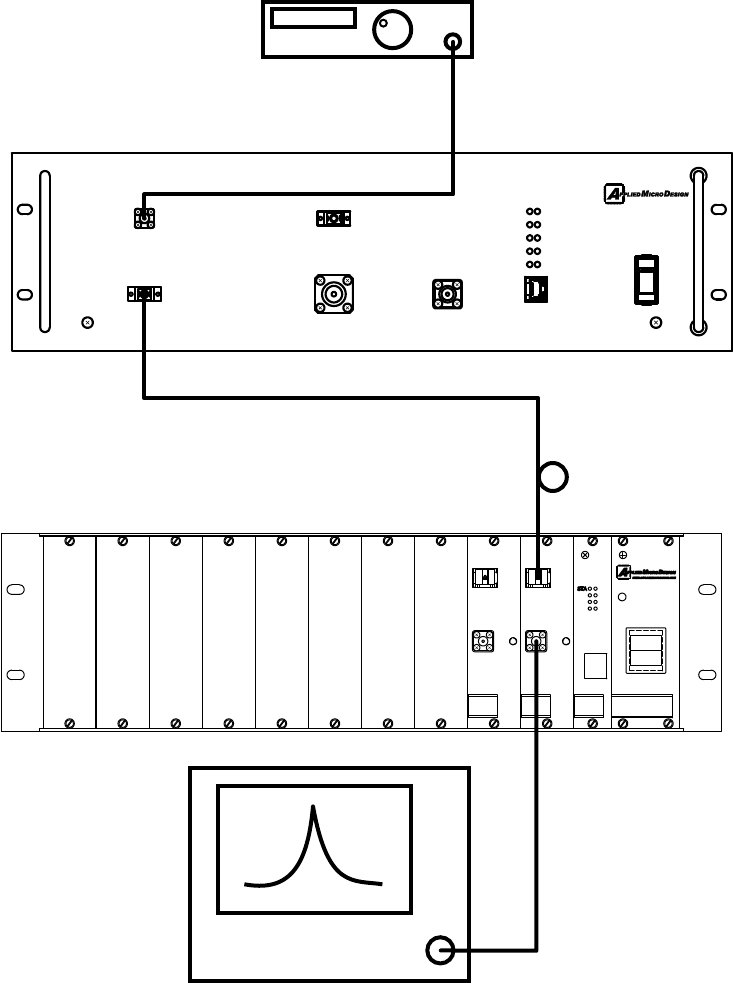
14
SUPPLY
POWER
POWER
ETHERNET
C3
C1
C2
FLT
PWR
FLT
FLT
RF
Out
RX
RF
Out
RX
FO
In
FO
In
Fiber Optic Receiver
Model No. 1473FOR
Power Amplifer/LNA
Model No. 1473PA-RMT
Signal Generator
RF In
Spectrum Analyzer
UPLINK 481.2500 MHz
Uplink Test Set-Up
ETHERNET
TEMP FLT
STATUS
PA CUR FLT
FOT FLT
FWD PWR
FAN FLT
KEY
REFL PWR
LNA CUR FLT
FOR FLT
POWER
400 MHz AMPLIFIER/LNA
MODEL 1473PA
SAMPLE
PORT
FO OUT
LNA
RF IN
AMPLIFIER
RF OUT
FO IN

15
Applied Micro Design Inc.